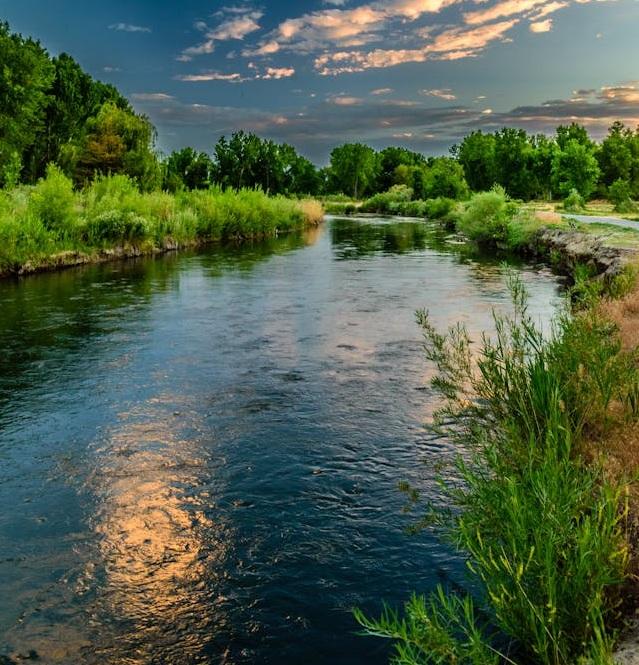River Dove Catchment Management Plan Example
 A catchment management plan (CMP) is a document that provides a long-term strategy or framework for the sustainable utilisation and development of water and related resources in a given area. River Dove is an important in the UK supplying water for community, commercial, and industrial use and providing habitat for several species, some of them endangered. Considering the importance of River Dove to the UK and the sources of pollution in the area, it is only prudent that a catchment management plan is developed for the river. This research paper sample presents a River Dove catchment management plan sample. In case you are looking for a Dove catchment management plan sample doc or download, here is a River Dove catchment management plan sample pdf.
A catchment management plan (CMP) is a document that provides a long-term strategy or framework for the sustainable utilisation and development of water and related resources in a given area. River Dove is an important in the UK supplying water for community, commercial, and industrial use and providing habitat for several species, some of them endangered. Considering the importance of River Dove to the UK and the sources of pollution in the area, it is only prudent that a catchment management plan is developed for the river. This research paper sample presents a River Dove catchment management plan sample. In case you are looking for a Dove catchment management plan sample doc or download, here is a River Dove catchment management plan sample pdf.
Download the River dove catchment management plan sample pdf
Dove Catchment Area Management Plan
General Site Information
River Dove catchment is situated in Derbyshire and Staffordshire, covering an approximate area of 1,020km2 according to the Dove Catchment Partnership in 2022. Originating at Axe Edge in the Peak District, about five kilometers from Buxton, the Dove is a tributary of the River Trent, flowing southward. Along its course, it is joined by various tributaries such as the Tean, Churnet, and Manifold rivers (Agricultural and Environmental Data (AEDA), 2013). The river passes through several towns, including Ashbourne, Uttoxeter, Cheadle, Tutbury, Hilton, and Leek, contributing to the local economies and landscapes. Rural areas within the Dove catchment also benefit from the river, supporting community life. Moreover, the Dove traverses the Peak District National Park, offering habitat and movement corridors for numerous wildlife species. The catchment area is home to several Sites of Special Scientific Interest (SSSIs) and protected areas, including the Tittesworth Reservoir (a water supply source) and the South Pennine Moors special area of conservation. In total, the Dove catchment area encompasses 31 water bodies, including 17 rivers, canals, surface water bodies, and four lakes (Environment Agency, 2022).
Description
The upper region of the River Dove catchment is predominantly characterized by small villages, pastureland, and scattered farms and cottages, as indicated by Derbyshire County Council (n.d.). Within these areas, the primary activities include intensive dairy farming, sheep rearing, and arable cropping, as highlighted by Derbyshire County Council (n.d.a). Livestock dipping, a common practice for controlling pests and diseases, continues to be prevalent in the upper catchment, according to The Wild Trout Trust (2009). Download the complete River Dove catchment management plan sample pdf.